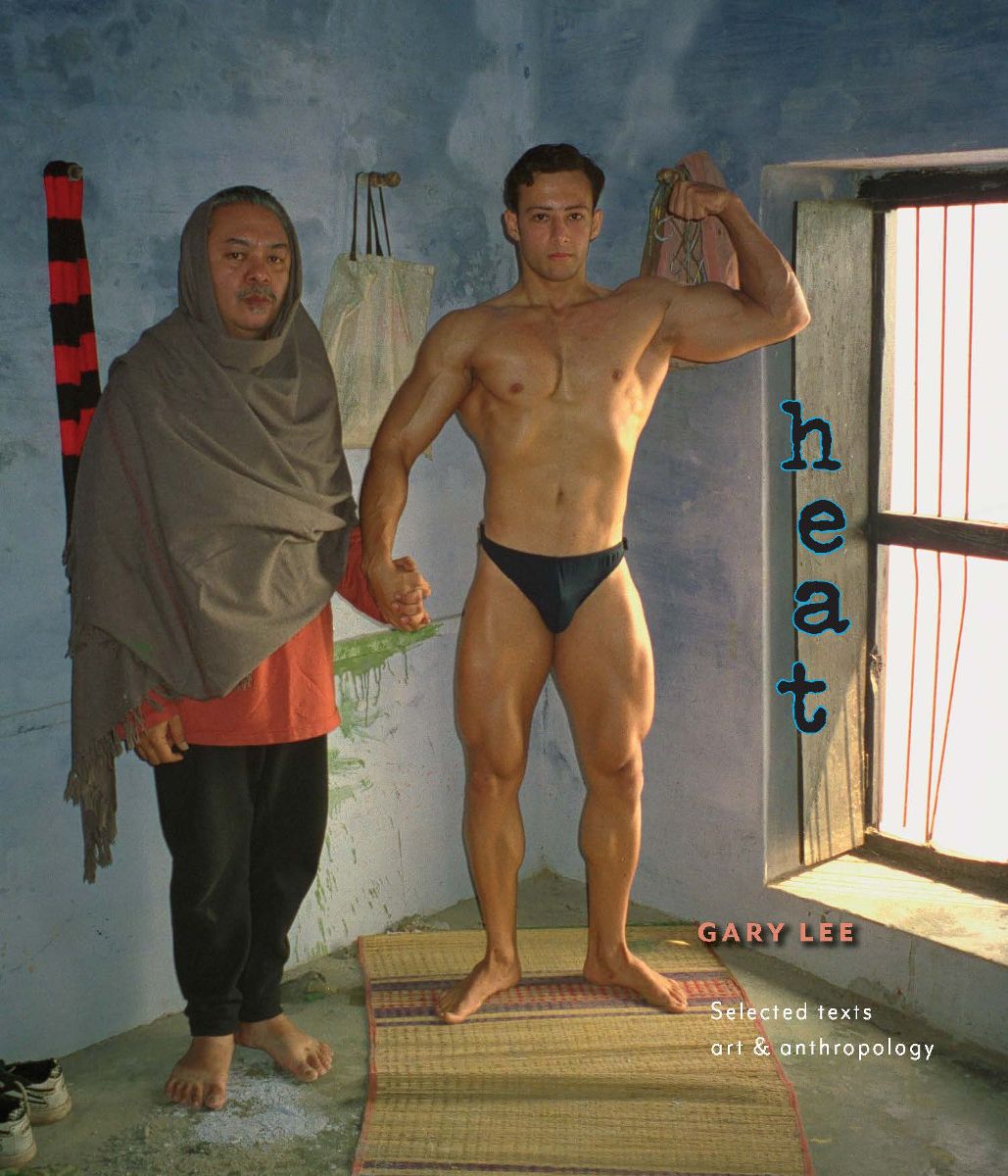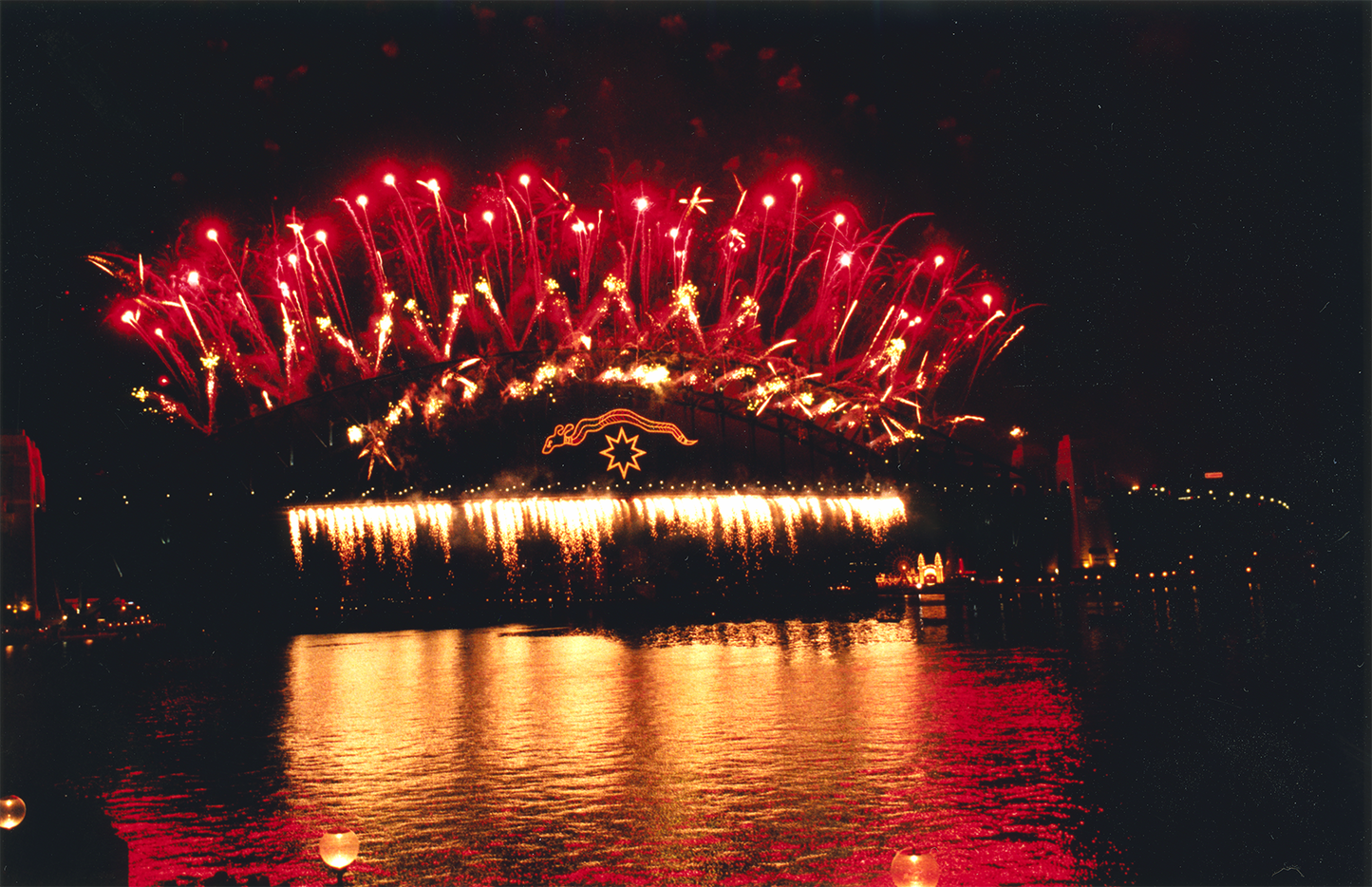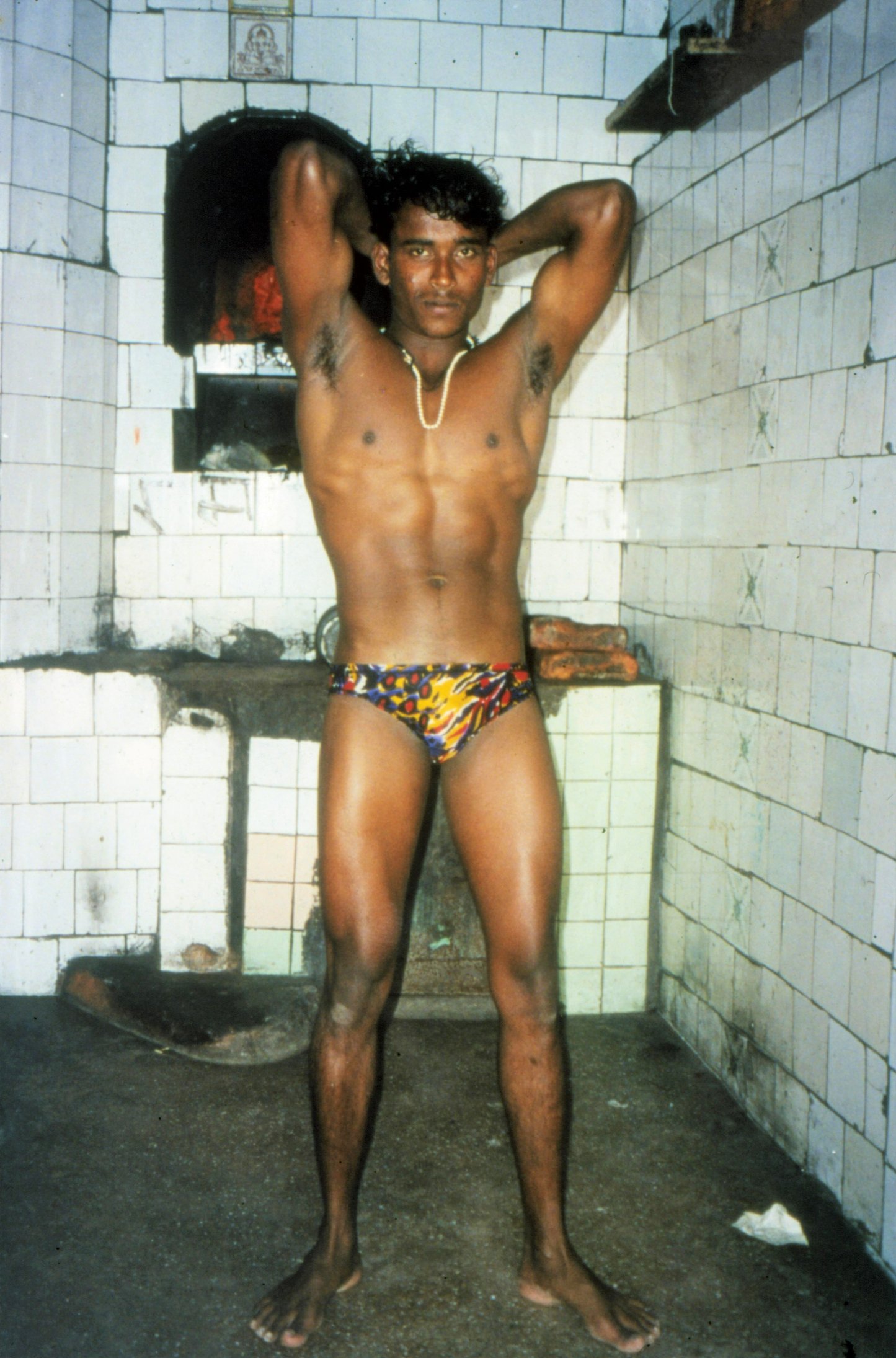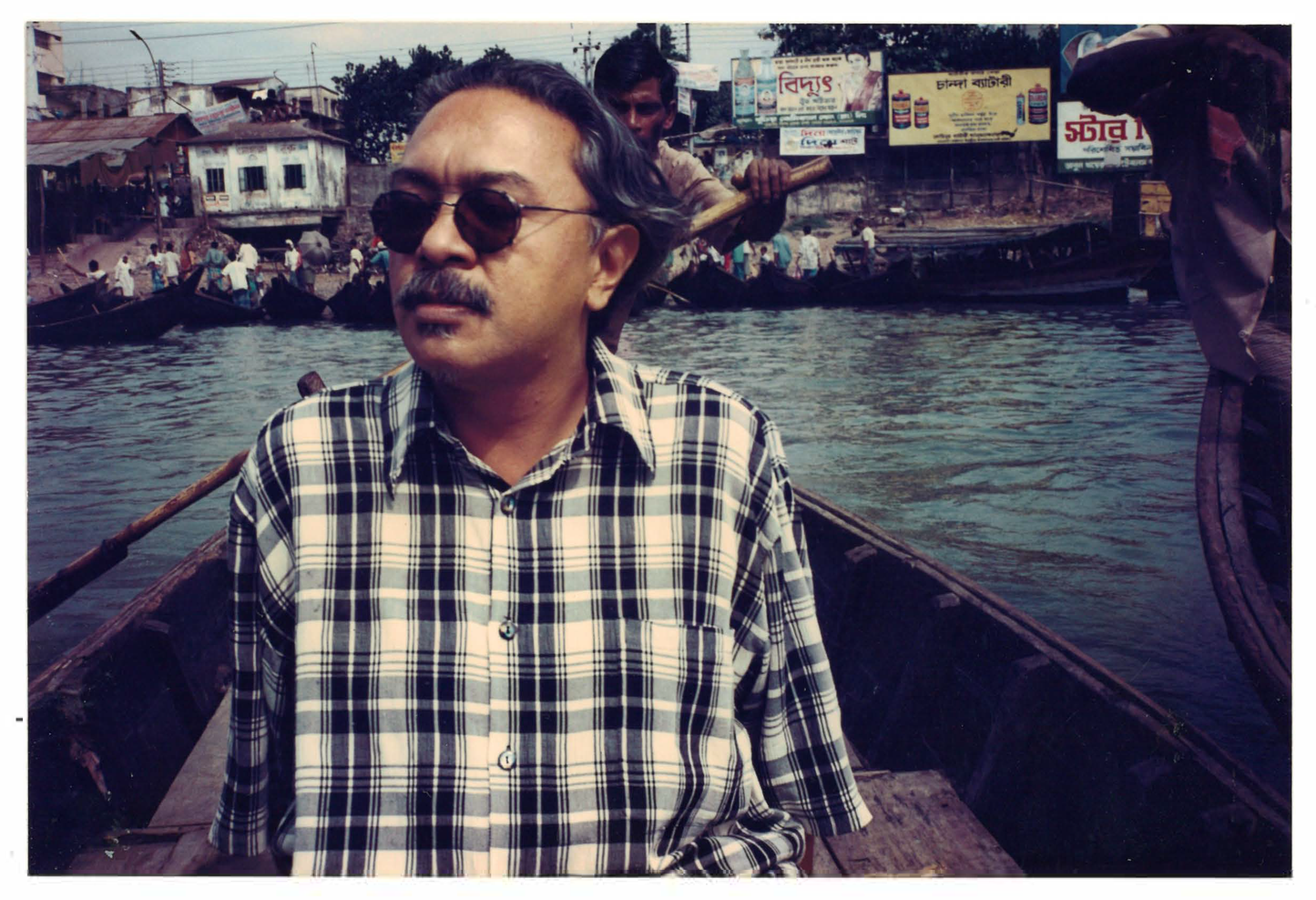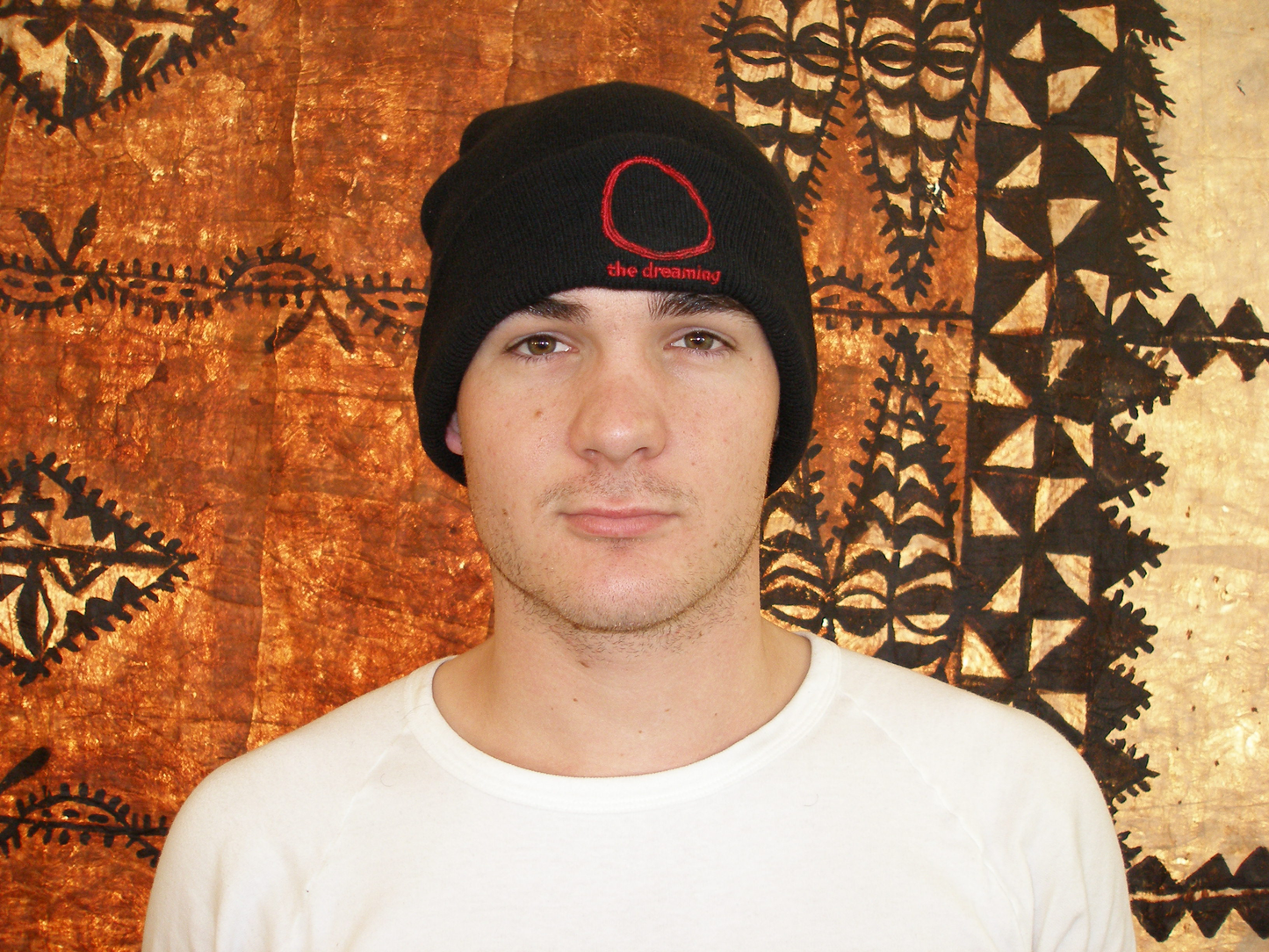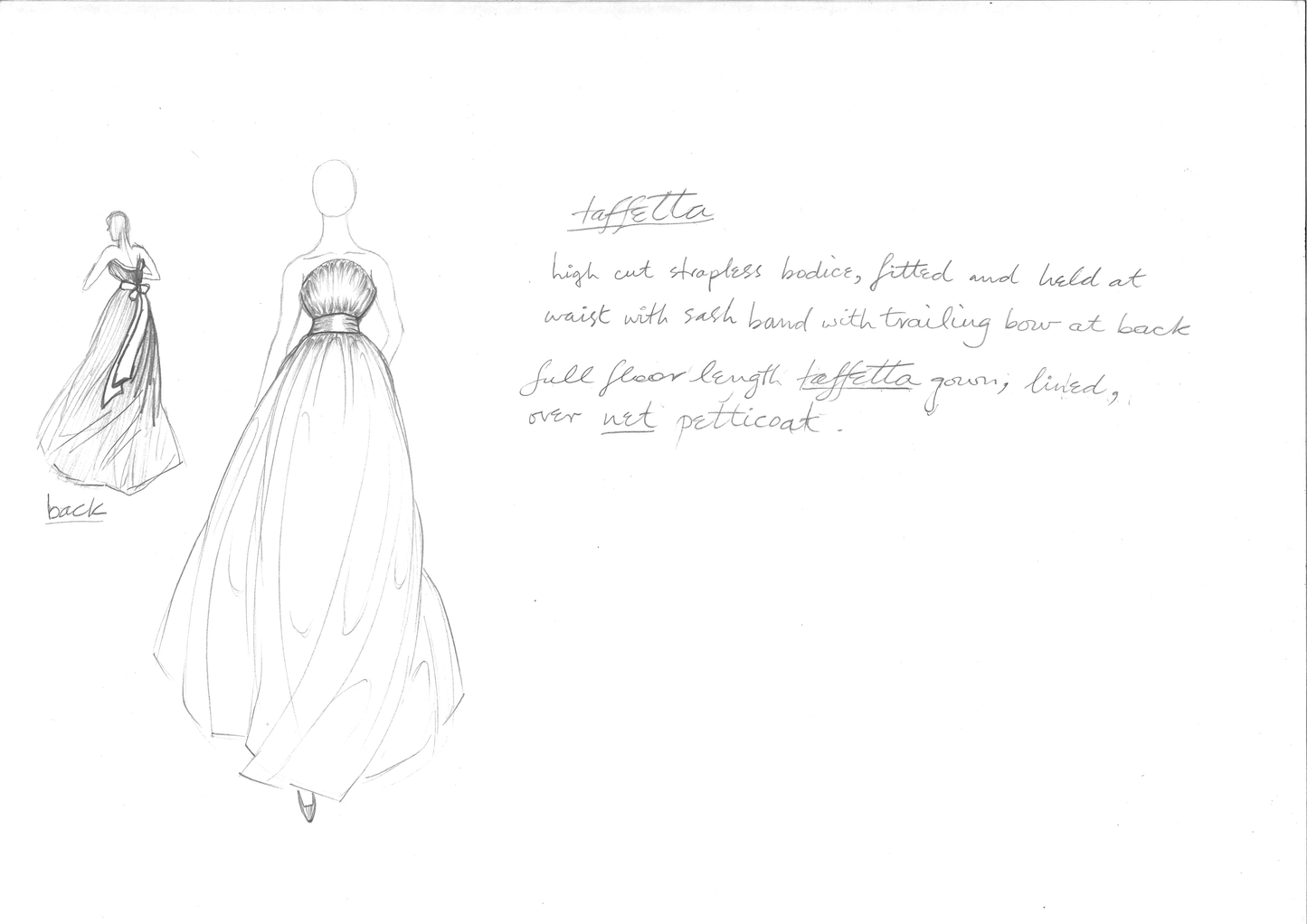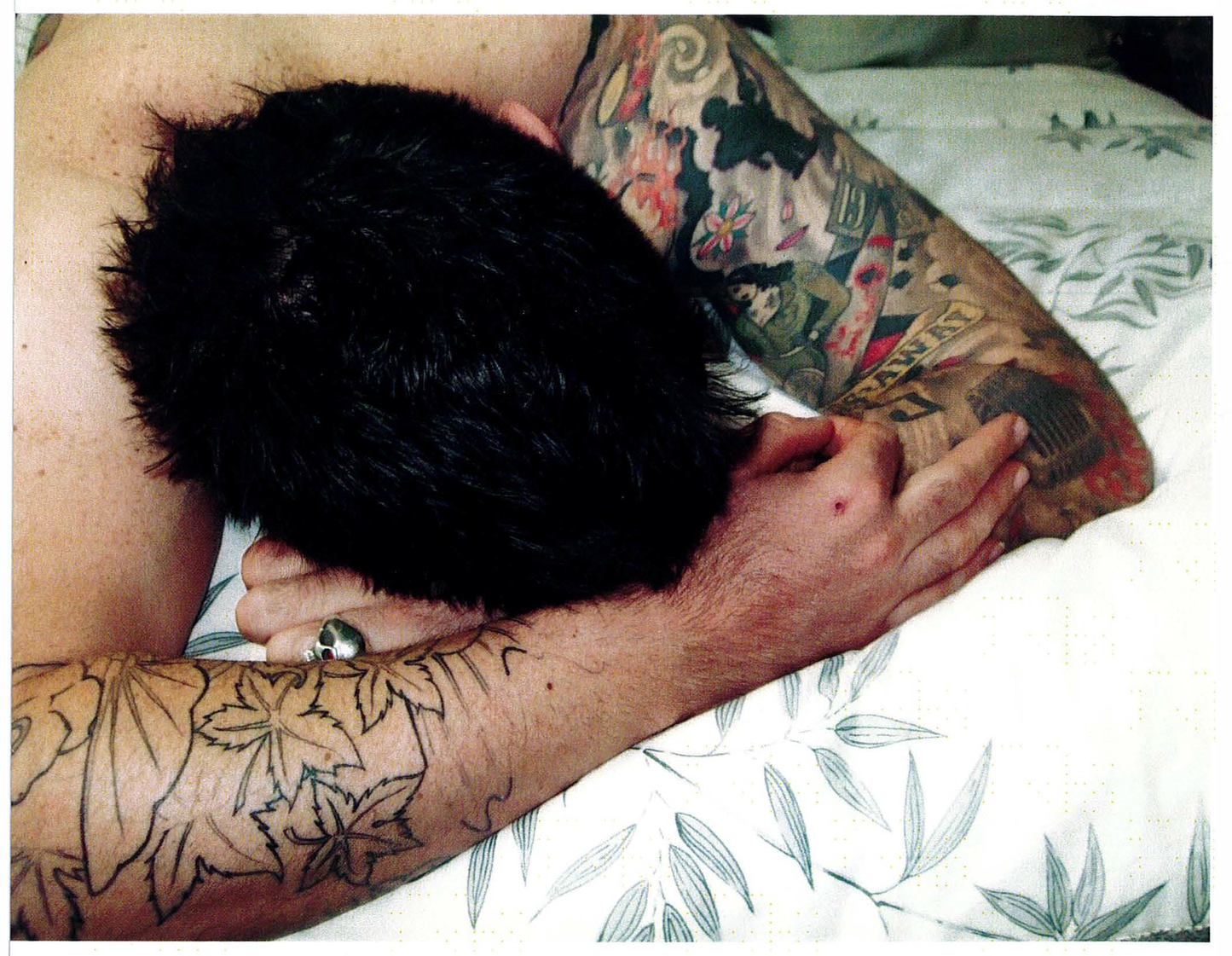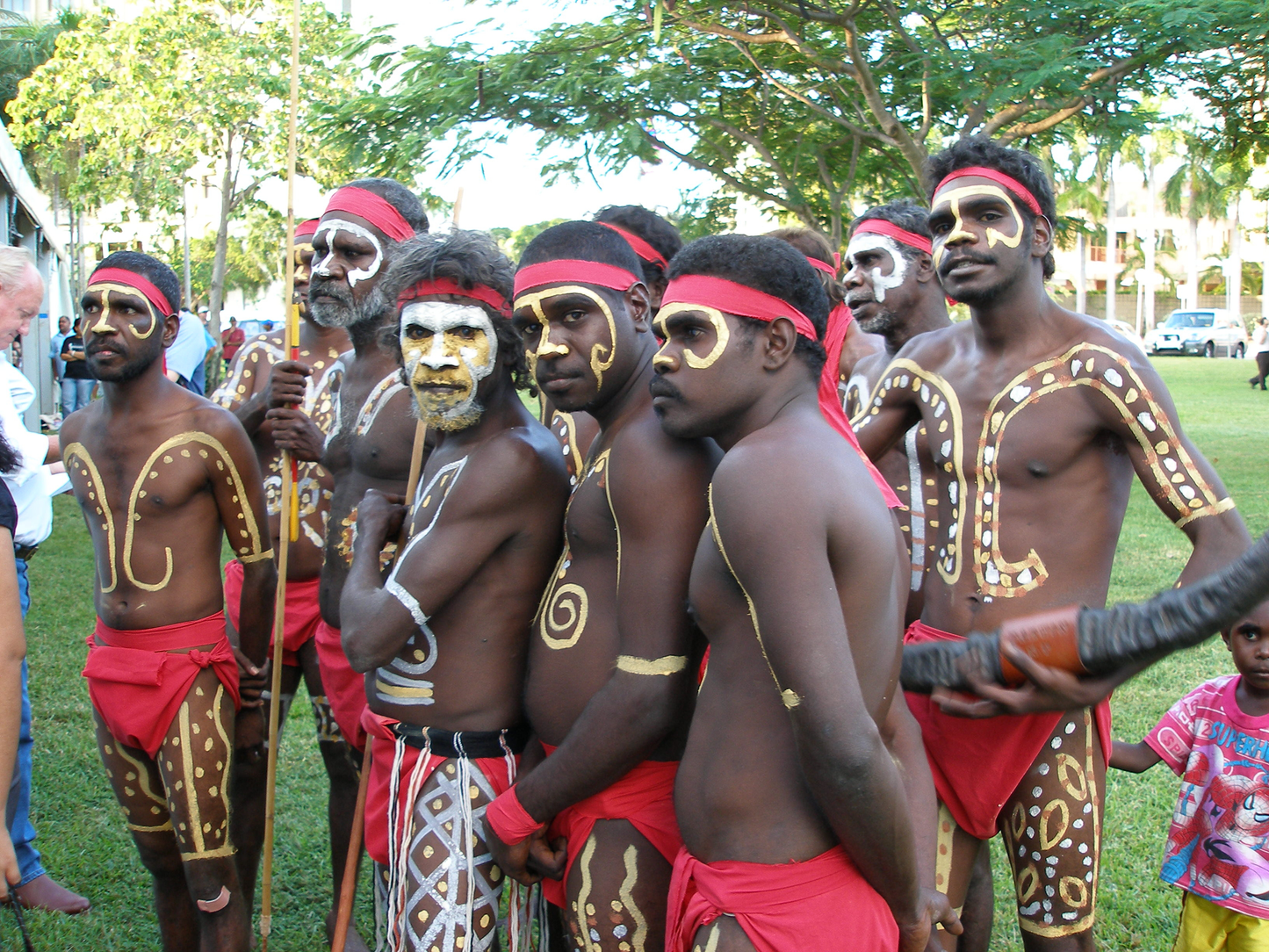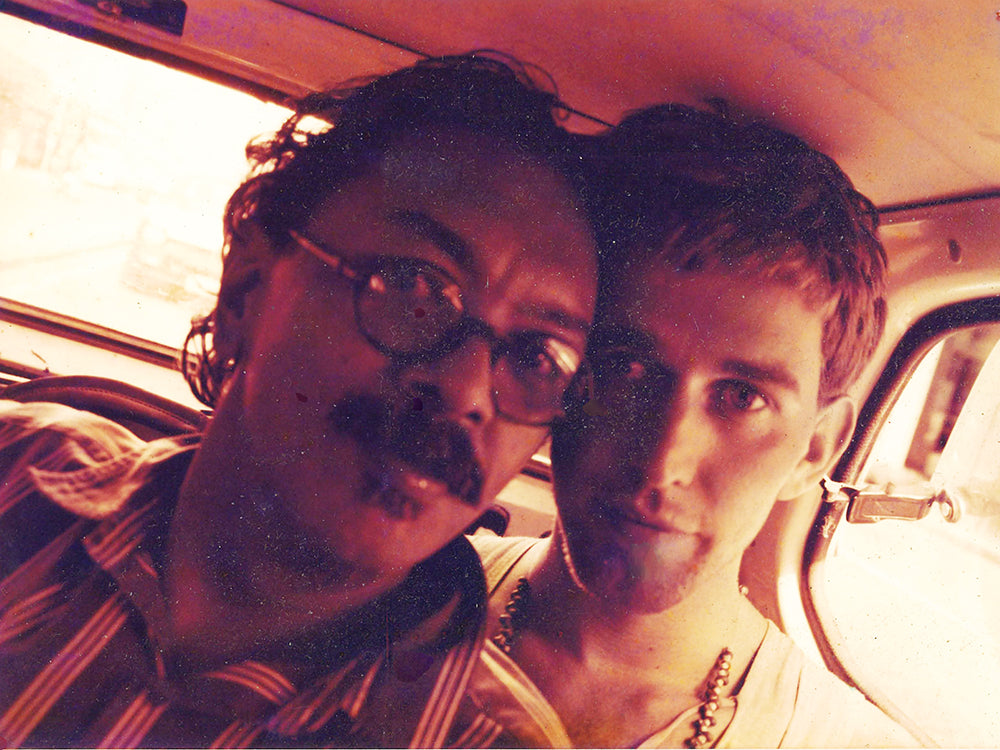Gary Lee, Heat
Gary Lee, Heat
Couldn't load pickup availability
Author/Creator: Gary Lee & Maurice O'Riordan
Title: Heat: Gary Lee, selected text, art & anthropology / Gary Lee; Maurice O’Riordan.
Year: 2023
Publisher: Darwin, NT: Dishevel books
Size: 398 pages : coloured illustrations, portraits ; 28 cm.
“an instant classic … “ Dr Dino Hodge, author / activist, 2023
Dishevel books is proud to release its debut title, Heat: Gary Lee, selected writings, art & anthropology. Heat is a voluminous anthology traversing five decades of a unique, diverse practice in art (photography, illustration, design, fashion design), anthropology, writing and curating.
From a late ’80s student newspaper article to more recent writings for the Museum of Old and New Art, Hobart, and the first collection of queer Indigenous poetry, Heat attests to an undeniably strong and significant voice in the cultural landscape.
“It’s fair to say”, writes editor Maurice O’Riordan, “that Gary has been pretty direct in taking aim at certain targets perhaps even more deftly, necessarily, than the ways in which he has been made a target – as a black, gay man, as a Larrakia voice, and with his work contentious even for other black, gay or Larrakia voices … such heat is part of the friction, of rubbing up against the status quo or plain ignorance by simply spelling out his perspective.” (Introduction, p. 11).
Heat brings together Lee’s texts which have been published in numerous journals, magazines and books including in the Oxford Companion to Aboriginal Art (2000), Lying about the landscape (1997), and catalogues for seminal Aboriginal art exhibitions Aratjara: Art of the First Australians: Contemporary Works by Aboriginal and Torres Strait Islander Artists (1993) and the inaugural Culture Warriors, National Indigenous Art Triennial (2007). Heat is also notable for including previously unpublished texts drawing on a range of speeches, presentations and essays and also a letter to Gordon Bennett – a companion piece to Bennett’s letter to Lee, in Gordon Bennett: Selected Writings (2020).
Heat features Lee’s writings on his own visual arts practice and broader creative life along with three scenes from his groundbreaking play Keep Him My Heart: A Larrakia-Filipino Love Story (1993).
The book’s anthropology reach takes in some of Lee’s pioneering work in the field of Indigenous queer sexual health, particularly in response to the HIV/AIDS pandemic.
His writings on Larrakia history and identity are a steady force throughout, offering an unprecedented record of Larrakia-related texts (words and images) in a single published work.
Gary was awarded Best Writing by an Indigenous Australian for Heat, in the 2024 Art Writing and Publishing Awards hosted by the Art Association of Australia and New Zealand (AAANZ).
On Heat by Tristan Harwood (https://www.artlink.com.au/articles/5137/exhibition-and-book-review-gary-lee-midling-28larra/)
Heat is a perfect title for a book on Lee’s career as artist, curator, writer, and anthropologist. There is the heat of Darwin, Lee’s hometown, and heat as metaphor for the desire in Lee’s photographs of semi-nude and nude bodies. Across the pages, heat acts as a kind of metonym for the moral policing the artist has encountered. Lee has copped heat from the kind of motherfuckers who in the private brutality of their delicate sensibilities don’t want to see what Lee sees as the beautiful faces, arms, abdomens, cocks and legs of the people he photographs.
In one instance at the 2006 Dreaming Festival in Woodford on the Sunshine Coast, Lee’s series Nice Coloured Boys (1994–), a homoerotic study of elastic masculinity, was censored by the festival staff. In Heat, in conversation with the eminent artist Tracey Moffatt, Lee recounts having to take down his exhibition because of pressure from festival staff.
Contrary to this kind of anecdote, the Lee of Heat isn’t an artist who courts controversy, rather he constantly works toward complexity in expression, seeking an eloquent articulation of qualities that are beautiful but have often been cast as otherwise. Lee is perennially the artist of otherwise. Reading Heat, the history of Indigenous art is a queer and trans history in that Indigenous art is always elusive to—and in excess of—any normative definition. The way Jack Halberstam puts it in Trans* is that typological naming, or ‘the mania for godlike naming began, unsurprisingly, with colonial exploration.’ The otherwise is that which never collapses under any such name.
In the middle of Heat, the article ‘Love doesn’t have a colour’ concurrently chronicles the love story between Lee and O’Riordan, doubling as a critical engagement with the interplay between racism and homophobia as experienced by an Aboriginal and an Irish-Australian gay male couple. Here, text and image are inextricable. The tone of the text is set by a photograph of Lee and O’Riordan taken in the backseat of a car in 1991 in the vein of Wong Kar-wai’s 1997 film, Happy Together. Taken six years before the film’s release, the photo, (although not taken by Lee), demonstrates how the artist is in dialogue with—and has sometimes pre-empted—traditions of queer image-making.
Heat sways the understanding of Indigenous art history. Like midling, it is grounded in a Larrakia lifeway, in what is known inter alia as Darwin. What’s different is that the book as an object can go walkabout and is here with me now in an apartment on Wurundjeri Country. I’ve got it on the table sitting with Fred Moten’s Perennial Fashion Presence Falling (2023) and it’s like the two of ‘em really been talking, when Moten writes ‘can that we survive destroy what we survive…?’ and Lee responds: ‘art […] begins with the recognition of irreparable loss.’
Language: English
Alternative title Heat : Gary Lee, selected text, art and anthropology.
Call Numbers HQ 2025/0566
Record Identifier 74VKL6gX7e6d
MMS ID 991024661929702626
Share
